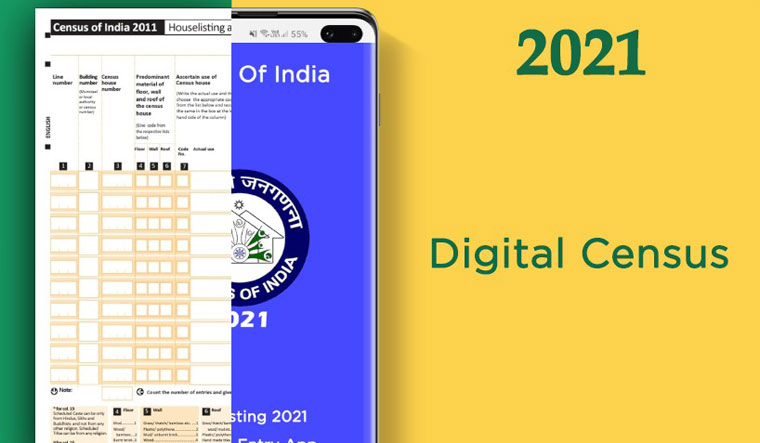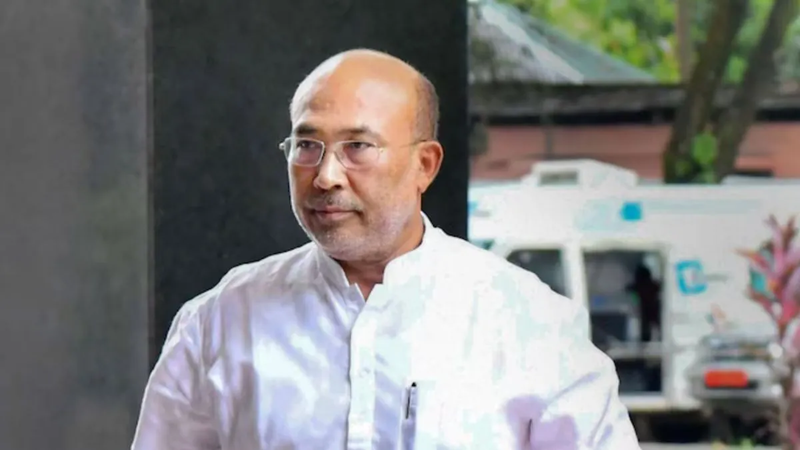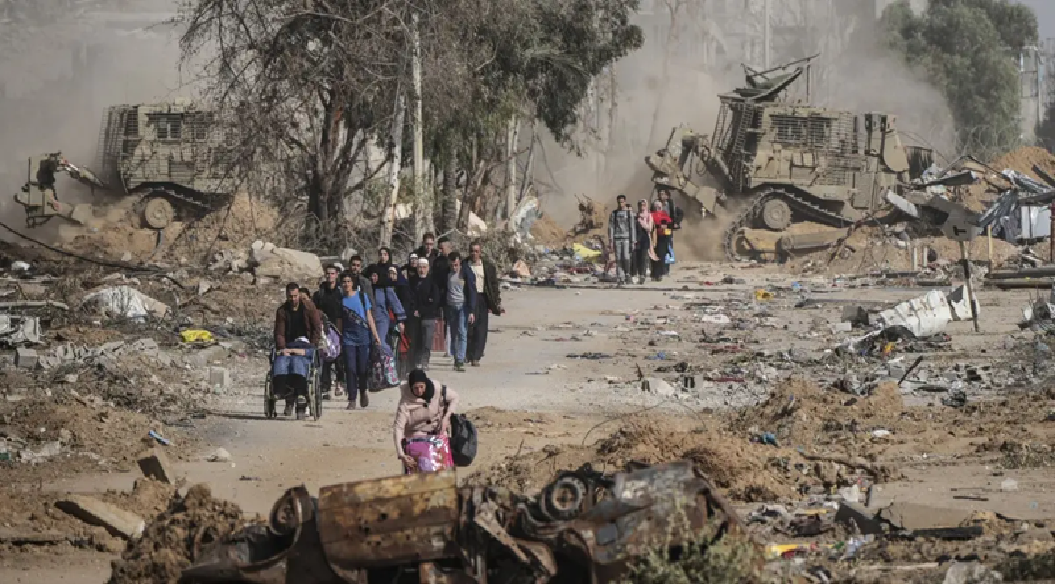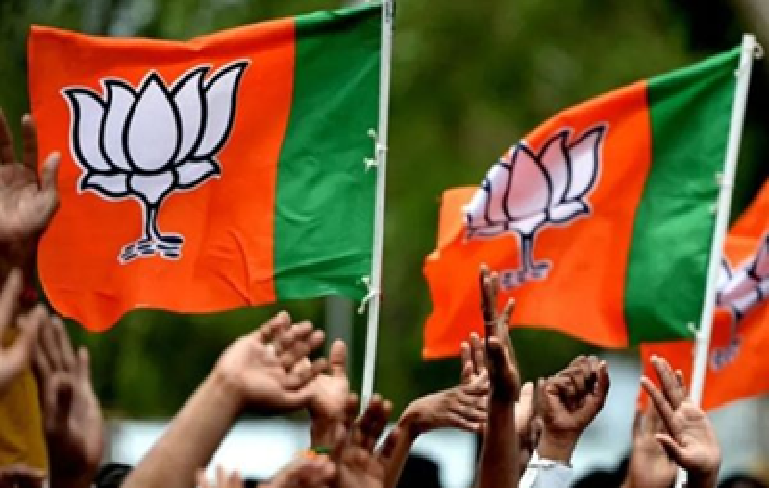
India’s first digital census is not without controversies
The Covid-19 and its variants disrupted India’s census cycle that had continued unbroken since 1881. As early as 2019, the registrar general of India(RGI) had rolled out the 2021 census plans. The census scheduled for 2021 will now be completed only in 2024, three years behind schedule. Considered the largest repository of the nation’s people-centric data, as well as the source of primary data at the village, town, and ward levels, it is a very important data tool for the government. All the data for this first ever digital census will be fed centrally to the census management and monitoring portal through a special mobile app developed by the Office of the Registrar General of India in 16 different Indian languages.
This will eliminate the need for enumerators, saving the government time and money. This time, the enumeration form will also record transgender people in a separate category. Till 2011, only male and female genders were recognised. The RGI’s office has now written to state governments to ensure the changes in administrative boundaries. The stage is now set for operations to start in October, as there is a three-month gap between the reorganisation of boundaries and the commencement of the census. However, several vital questions remain unaddressed; the NDA government plans to switch to the digital option but only half of the 1.4 billion Indian population have access to smartphones. According to reports, women are half as likely to have internet access, than men, which casts doubt about the participation of women in the exercise.
There’s also apprehension about potential privacy breaches. There have been several data breaches in the past where the private data of millions of Indians has been put up for sale on the dark web. Before rolling out the census for the public, the government should ideally carry out a pilot survey, where the app will be tested and any problems rectified in order to achieve the desired precision and accuracy. The disbursal of government welfare schemes rely on the census data for effectiveness. As the latest demographics are not available, this puts vulnerable communities at risk of being left out. The delay of the census has also been attributed to the National Population Register (NPR) exercise which was meant to be the first step towards preparing the controversial National Register of Citizens (NRC) of the NDA government.
There is a concern the NPR could lead to exclusion of specific marginalised communities. Some political analysts and sociologists believe that NPR has a political agenda and can be used as a tool to disempower and disfranchise certain communities such as Muslims in India. Due to the lack of recent census data it has been alleged some states have been underrepresented in this year’s general election. There are also concerns about the government’s claim of transparency in survey methodology and the effective collection of data after the standing committee on statistics was disbanded and subsequently replaced by the Steering Committee for National Sample Survey.
The government can allay the apprehensions of citizens and critics by ensuring census data is verifiable, accurate and can be used effectively for the welfare policies and plans that the government seeks to implement. It has to maintain transparency and keep sensitive data secured.
 English daily published in Bengaluru & Doha
English daily published in Bengaluru & Doha






